Are you looking for your next hair color? It’s a huge decision to make with an even bigger responsibility to get the right shade.
Choosing the right hair color can depend on a variety of factors like your occupation, the color you want and your hair’s natural texture and condition. However, one of the most important factors that should come into play is how certain hair colors look on your skin. Of course, you want to find a professional hair color that complements your features and looks the best on you. By matching your hair color with your skin tone, similar to how you shop for foundation, you can ensure that you find your perfect match.
But where do you start? There are so many different hair colors, styles and options to choose from. As we mentioned above, finding the perfect hair color is a lot like matching your skin tone with the closest shade of foundation. It all boils down to your skin tone and your undertones. While there are four main skin tones — fair, neutral, medium and deep — there are three main undertones — cool, warm and neutral — that give each person their own unique shade.
What if we told you that you didn’t have to take a trip to the salon just yet or book a consultation to find your perfect shade? While asking your hairstylist for expert advice is a great option if you’re unsure, we suggest reading this article first to better prepare you for choosing a great hairstyle.
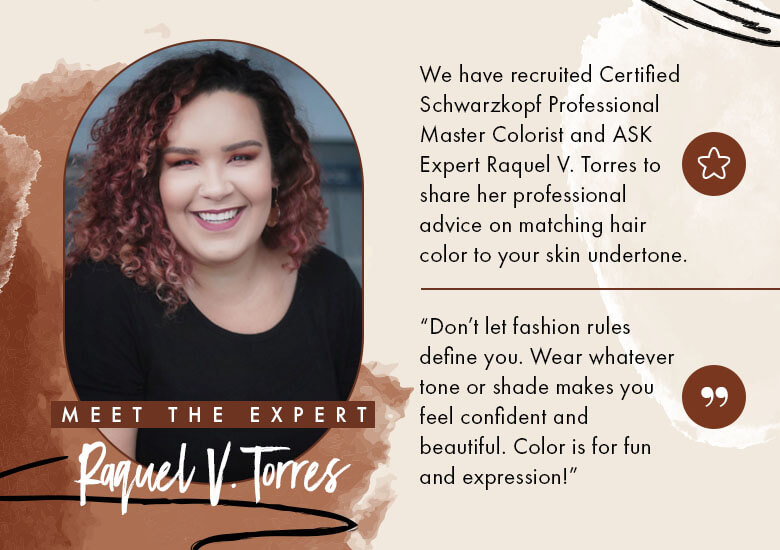
Meet the Expert: Raquel V. Torres
To help you understand how to find your next hair color, as well as provide more insight on matching hair color to your skin undertone, we have recruited Certified Schwarzkopf Professional Master Colorist and ASK Expert Raquel V. Torres to share her professional advice.
Raquel runs her own salon in Wesley Chapel, FL., and with more than 17 years of salon and spa experience, she works with different hairstyles and textures, as well as men’s hair. We thought Raquel would be the perfect stylist to explain how to find the right hair color for your skin tone since she archives a variety of styles on different textures and skin tones on a daily basis.
Before we find your ideal shade, Raquel wants to remind you of an important fact that we also stand by at SALONORY.
“Don’t let fashion rules define you,” Raquel says. “These are just recommendations. Wear whatever tone or shade makes you feel confident and beautiful. Color is for fun and expression!”
What Is a Skin Undertone?
When you look at your face and body, what color do you see? While you may be able to determine whether or not you have a fair, tan, dark or deeper skin tone, it’s hard to pinpoint one, solid shade. And that’s because your skin is made up of different colors and undertones. You may have a lighter skin tone with pink or yellow undertones or you may have a deeper shade with cooler or warmer undertones. These little nuances and subtle differences can drastically impact how your hair color and skin tone mesh.
“Skin undertone is the base tone or underlying pigment that makes up the color of your melanin or skin color,” Raquel says.
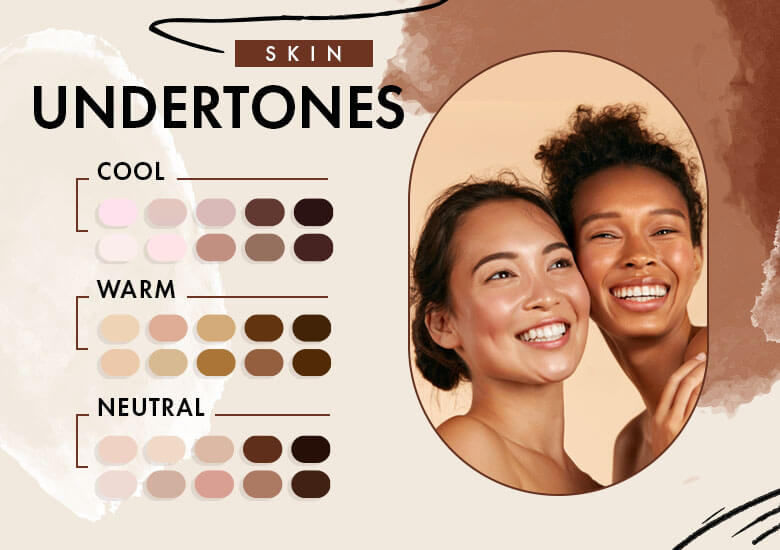
There are a few main skin undertones that your skin may have:
- Cool – Cool undertones can have pink or blue hues.
- Warm – Warm undertones boast yellow hues.
- Neutral – Neutral undertones mean that your skin doesn’t really lean toward pink or yellow.
How to Determine What Your Skin Undertones Are
While it can be easy to determine your skin’s overall tone, learning about your skin’s undertones can be a little more difficult. Don’t worry, though — we have included some must-know tips that will help you determine your skin tone and undertones so you can choose the right demi-permanent hair color. This means you will be one step closer to finding the perfect hair color.
1. Put on a White T-Shirt
To give yourself a more accurate way and base to analyze your skin, put on a white t-shirt and get into some natural light. Wearing different colors and standing in harsh, artificial lighting can cast certain colors upon you that can skew your actual skin tones, which makes it hard to determine your undertones. We recommend standing by a window or going outside with a compact and a journal to log what you find. It may seem extra, but if you want an accurate depiction of your undertones, this is the way to do it.
2. Reference Your Veins
If you don’t have a white tee or natural light handy, that’s okay. Are your veins in your arms or legs visible? If so, this could be a great way to determine your undertones.
“Look at the veins in your arms,” Raquel says. “If you see blue/purple veins, you have cool undertones. If you see blue/green veins, you have a neutral undertone. If you see green/olive veins, you have a warm undertone.”
You can also check your veins outside or in natural light for a more accurate finding.
3. Assess Your Skin’s Sensitivities
Do you sunburn easily when you’re exposed to light? If so, Raquel says that’s a key indicator that you may have cool undertones. On the opposite end of the spectrum, if you tan very easily in the sun without burning, you most likely have warm or neutral undertones.
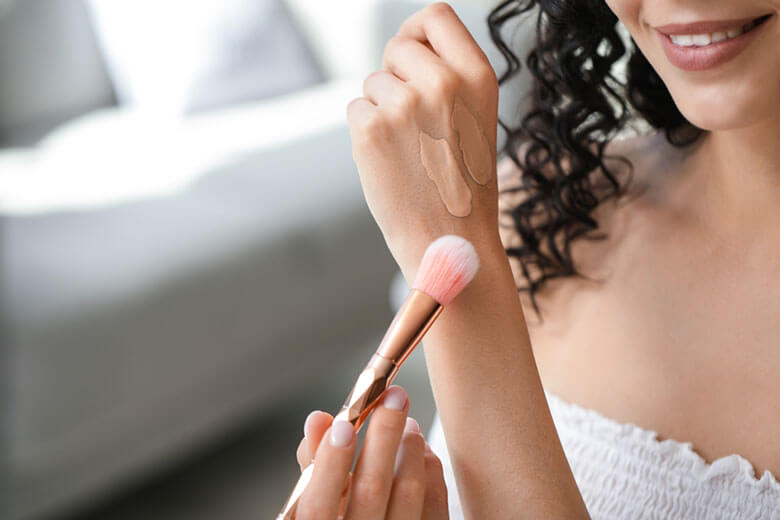
4. Check Out Your Favorite Foundation
If none of these tips are bringing you one step closer to identifying your skin’s undertones, run to your makeup drawer and pull out your favorite foundation. Once you find the shade of your foundation, look it up online and it will most likely tell you if your shade was made with warm, cool or neutral undertones in mind.
What Is My Overall Skin Tone?
So, let’s get down to it. Now that we have determined your undertones, it will be helpful to identify your overall skin tone so that you can find the right hair color. As we mentioned above, checking out your current foundation shade online can help you pinpoint the skin tone category you’re in. We highly recommend doing this and then referring to the below skin tones so that you can easily find the perfect hair color.
- Fair – Fair skin tones are usually very light and may have reddish tones. Usually, people with fair skin have red, blonde or light brown hair. In the sun, people with fair skin tones can sunburn easily, but they can also develop a tan with prolonged exposure.
- Light – While lighter skin tones can also be considered fair, they border on a wider spectrum of light skin tones with some colors on the border of the medium tone range.
- Medium – For medium skin tones, you probably have a naturally tan or olive coloring. When exposed to sun, your skin usually tans and browns rather than burns. In fact, you don’t burn easily. Like the light skin tone, the medium-range covers skin tones from a lighter medium to a deeper medium tone.
- Deep – Deeper skin tones are rich in melanin and pigment. Deep skin tones can range from the darker end of the medium spectrum to the deepest pigments.
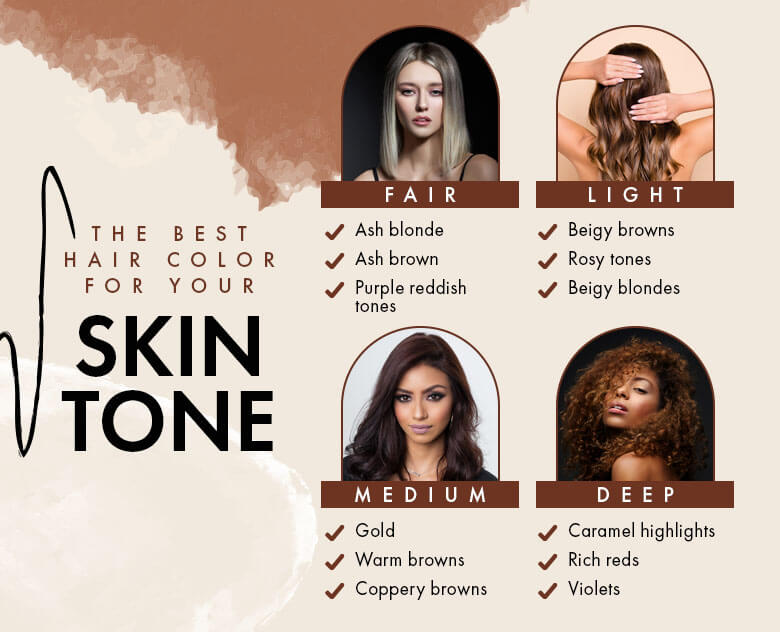
How to Find a Hair Color That Complements Your Skin Tone
Now that we have taken into account your skin tone, as well as your undertone, let’s start to talk about hair colors! Don’t worry — all of this work we did to identify your skin tone was not in vain.
You can easily identify some potential hair colors that will highlight your natural features and elevate your look by thinking about colors that look good on you already. Consider a favorite pair of colored eyeglasses that makes your eyes pop, a dress that makes your skin glow or some earrings that make you feel confident. What are some of the recurring colors that you love to wear and feel great in?
“For me, I like to use jewelry to determine what flatters skin tone,” Raquel says. “For skin with cool undertones, wearing platinum, silver, white gold, bright or icy blues, emerald and pale lavender will look phenomenal. For warm skin tones, wearing yellow gold, ruby, bright rosy reds and coppery amber will make you glow. For neutral skin tones, you can rock rose gold, bright white, navy and rich browns.”
You may start to notice reds, purples, browns, oranges and blues are your favorite. This is great insight, and we will use your list of favorite colors as we look at the best hair colors for fair, neutral, medium and deep skin tones below.
The Best Hair Colors for Fair Skin Tones
Raquel recommends that fairer skin tones stick to cool tones. Some cool tones are ash blonde, ash brown, deep brown and purple reddish tones. These colors will ensure that your fair skin is never washed out whereas warmer colors can minimize your natural features.
Using Schwarzkopf Professional products, which is what Raquel uses, your hairstylist can leverage pale or pastel shades with -1 Cendre-Blue/Violet, -2 Ash/Blue, -3 Matte/Green or -9 Violet to achieve a color that plays up fair skin tone features rather than drowning them out.

The Best Hair Colors for Light Skin Tones
Light and neutral skin tones can pull off a variety of styles because their undertones don’t usually skew toward opposite ends of the color spectrum. However, Raquel recommends natural or beigy browns and rosy tones. Incorporating ash or beige can also help colors blend well with your skin tone. Beigy hair colors and styles have become very popular, too. Beigy browns and blondes can give you a glow.
Raquel says that stylists could use Schwarzkopf Professional products with -0 Natural, -4 Beige/Muted Gold and -6 Chocolate.
The Best Hair Colors for Medium Skin Tones
If you have a medium skin tone, Raquel recommends using gold, warm browns and coppery reds. With so much warmth in your skin tone already, leveraging warmer hair colors only brightens and elevates your complexion.
With Schwarzkopf Professional products, Raquel recommends -5 Gold and -7 Copper to achieve a warm hue that brightens and elevates medium skin tones.
The Best Hair Colors for Deep Skin Tones
For deeper skin tones, we highly recommend embracing darker colors, but also experimenting with lighter shades, too. Deeper skin tones can also embrace blonde hair, too. Sticking to darker blonde colors or incorporating dark blonde or caramel highlights will create stunning dimensions and contrast for those with deeper tones.
“I love using rich reds, violets,” Raquel says.

With Schwarzkopf Professional products, Raquel says -8 Red and -9 Violet look great on deeper skin tones.
We want to thank Raquel for stopping by and sharing her expertise with us. Choosing a hair color can be nerve-wracking, especially if you’re worried about picking a shade that’s complementary to your current look. But we are confident that with this information, you will be able to find your ideal hair color!
Don’t forget to follow Raquel on Instagram and check out her stunning website!
Image Credits:
Great Bergens/Shutterstock.com
Beatriz Gascon J/Shutterstock.com
Angela Cini/Shutterstock.com
puhhha/Shutterstock.com
a Sk/Shutterstock.com
IvaFoto/Shutterstock.com
Roman Samborskyi/Shutterstock.com
BCFC/Shutterstock.com
mimagephotography/Shutterstock.com
Roman Chazov/Shutterstock.com
Look Studio/Shutterstock.com
AlikeYou/Shutterstock.com
Pixel-Shot/Shutterstock.com






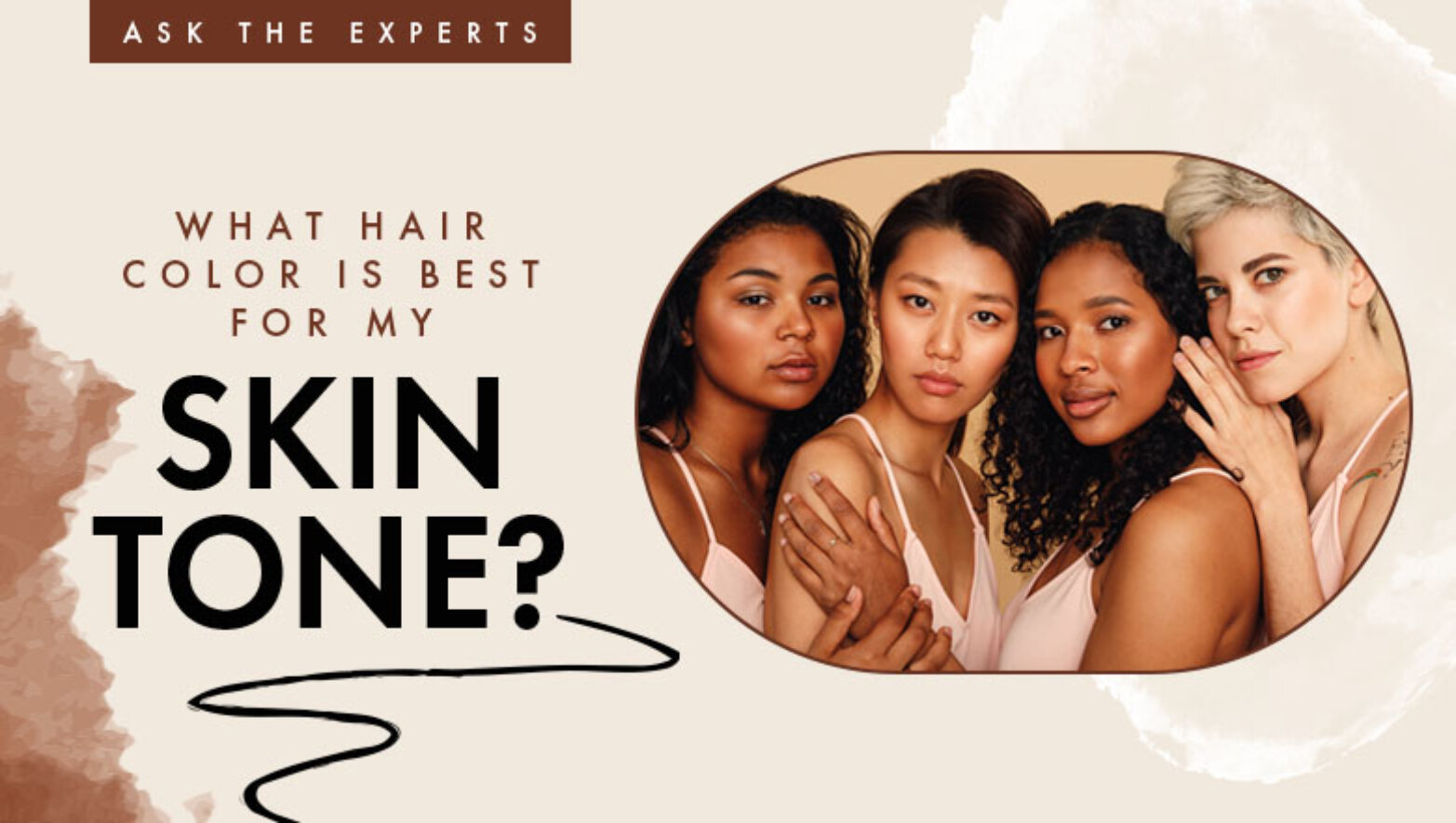










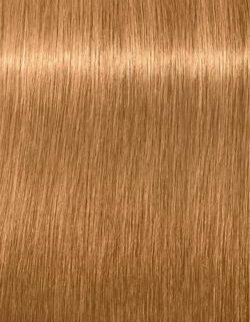
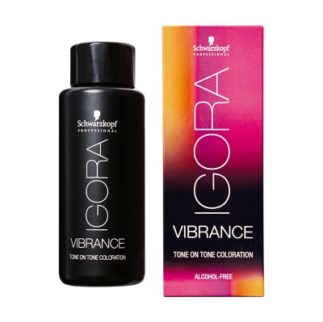
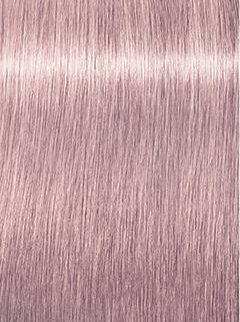
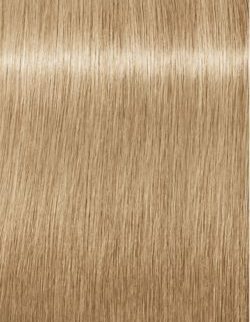
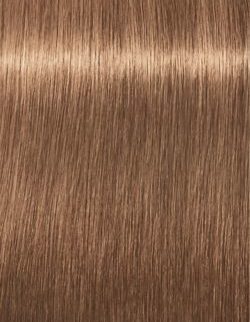

Share Your Feedback